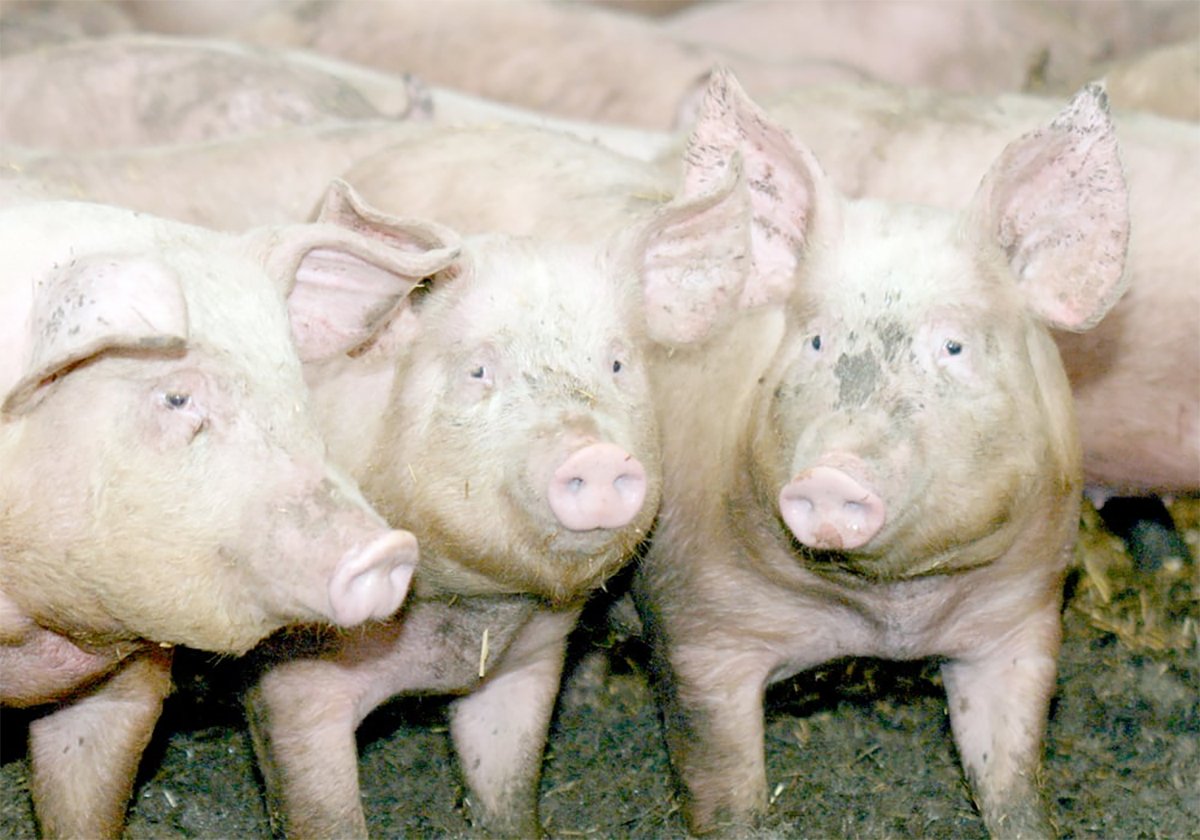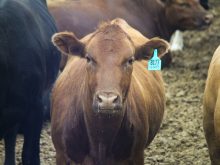RED DEER – A mysterious killer has cost the Kentucky racehorse industry
more than $350 million US since last April.
Known as mare reproductive loss syndrome, about 500 foals were lost in
late-term abortions last year and more than 2,500 were aborted in the
early stages of gestation this year.
“It is not an infectious disease. It was an unknown phenomenon,” said
David Switzer, executive director of the Kentucky Thoroughbred
Association.
The day after the 2001 Kentucky Derby, horse breeders noticed mares
Read Also

The Western Producer Livestock Report – November 13, 2025
Western Producer Livestock Report for November 13, 2025. See U.S. & Canadian hog prices, Canadian bison & lamb market data and sales insights.
were losing foals or delivered weak foals that died within a couple of
days.
Many breeders discovered their mares had aborted when the animals were
tested by ultrasound at 65 days of pregnancy.
“That’s how we found out we had a lot of mares aborting,” Switzer said
in an interview at the Alberta horse breeders conference in Red Deer.
Cyanide in the feces of the eastern tent caterpillars is the main
suspect and a control program is ready to go this spring when the
insects appear in wild cherry and crabapple trees.
Scientists speculated the deaths resulted from an unknown disease or
fungus. Fungus infections can produce harmful substances called
mycotoxins. However, most tests showed mycotoxins were not responsible.
Further investigation found no evidence of an infectious disease.
The University of Kentucky started a monitoring program to watch 12
test farms this spring. Environmental conditions will be noted, feed
and water supplies checked and pasture species recorded weekly.
In the case of late fetal loss on any farm, the fetus will be examined.
Blood and urine samples will be drawn from the infected mare. Uterine
swabs will also be obtained for further examination. If possible in
cases of fetal loss, a sample of amniotic fluid may be obtained and
submitted to state labs for study.
In the case of weak foals sent to a clinic, a complete evaluation, as
well as a hematological and biochemical profile, will be kept. Blood
and urine samples from both the infected mare and foal will be taken.















